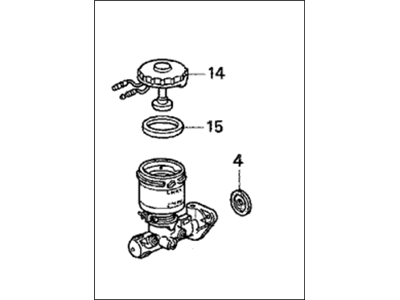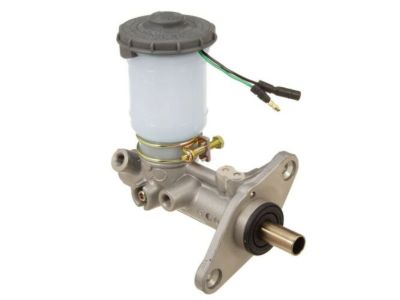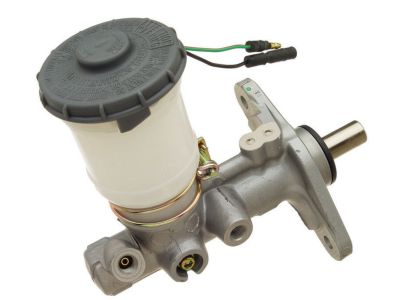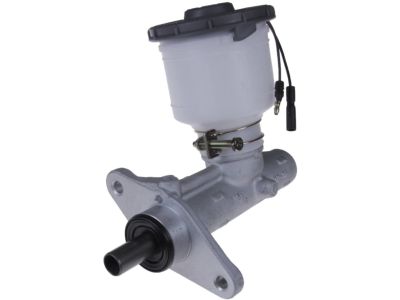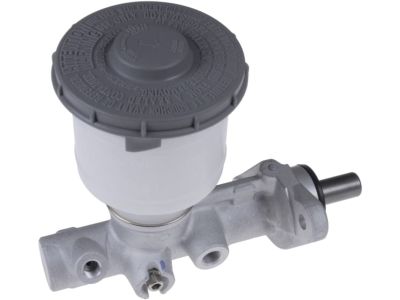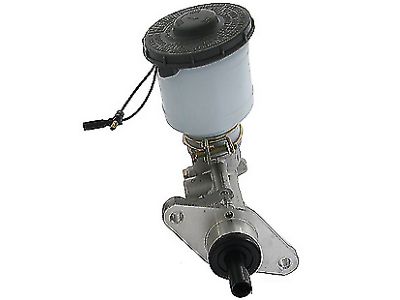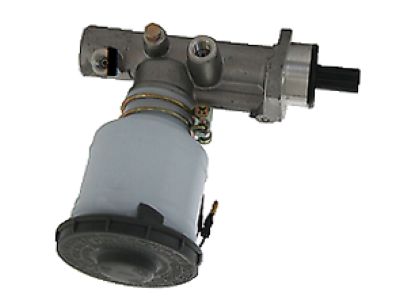×
- Hello
- Login or Register
- Quick Links
- Live Chat
- Track Order
- Parts Availability
- RMA
- Help Center
- Contact Us
- Shop for
- Honda Parts
- Honda Accessories

My Garage
My Account
Cart
Genuine Honda Del Sol Brake Master Cylinder
- Select Vehicle by Model
- Select Vehicle by VIN
Select Vehicle by Model
orMake
Model
Year
Select Vehicle by VIN
For the most accurate results, select vehicle by your VIN (Vehicle Identification Number).
7 Brake Master Cylinders found
Honda Del Sol Master Cylinder Assembly
Part Number: 46100-SR3-033$212.53 MSRP: $302.76You Save: $90.23 (30%)Honda Del Sol Master Cylinder Assembly
Part Number: 46100-SR3-023$212.53 MSRP: $302.76You Save: $90.23 (30%)




Honda Del Sol Brake Master Cylinder
In search of affordable OEM Honda Del Sol Brake Master Cylinder? Consider browsing through our extensive inventory of genuine Honda Del Sol Brake Master Cylinder. Not only do we provide market-leading prices and a manufacturer's warranty, but we also pride ourselves on exceptional customer service and swift delivery.
Honda Del Sol Brake Master Cylinder Parts Questions & Experts Answers
- Q: How should a defective master cylinder be replaced and installed on Honda Del Sol?A:If the Brake Master Cylinder is spoiled then it should be replaced, as they do not recommend rebuilding of the cylinder. The hydraulic Brake Master Cylinder is installed in the position in the engine compartment adjacent to the power Brake Booster. First, one should try to siphon out as much of the brake fluid as possible from the reservoir then, while disconnecting the fittings, it may helpful to place some rags underneath the connections together with preparing caps or plastic bags to put over the ends of the lines so that there will be no spillage of brake fluid on the car surface and not to spoil its varnish. Severely tighten the tube nuts at the ends of the Brake Lines where they fit into the Brake Master Cylinder; to avoid rounding of the corners use a flare-nut wrench. Disconnect the brake lines from the Brake Master Cylinder by pulling the lines slightly backward and then plug the ends so they do not get contaminated. You have to remove the electrical connector, take off the nuts which fix the Brake Master Cylinder to the power booster and, finally, pull the Brake Master Cylinder from the studs and out of the engine compartment. The Brake Master Cylinder for a car must be bench bled before fitting it; to do this, it is mounted on a bench in a vise, and the outlet holes are covered with threaded plugs to minimize air escaping. Inflate the reservoir with the type of brake fluid recommended, unscrew one of the plugs, and introduce into the bore the piston assembly to force out the air and replace the plug just before releasing pressure on the piston. Continue to bleed until fresh brake fluid comes out and never leave the reservoir empty so that you won't introduce more air into the system. Another method, which can also be used, is used when the plug is removed, the outlet hole is occluded with a finger, the brake fluid is drawn in the cylinder and the piston is pushed again. After bench bleeding is carried out, fit the Brake Master Cylinder over the studs on the power brake booster and tighten the nuts with the hands only. Bring the brake line fittings into engagement with the Brake Master Cylinder; they should not be stripped; when tightened the mounting nuts and brake line fittings should be fully tightened. At last, add the Brake Master Cylinder reservoir with the required fluid and then release the Brake Master Cylinder and the brake system too; the helper should push the brake pedal as much as possible and maintain the brake pedal fully depressed while unscrewing the fitting nut to vent air and fluid through the selector valve until they have no sign of bubbles and then check the brake system operation carefully before using it in the normal way.
